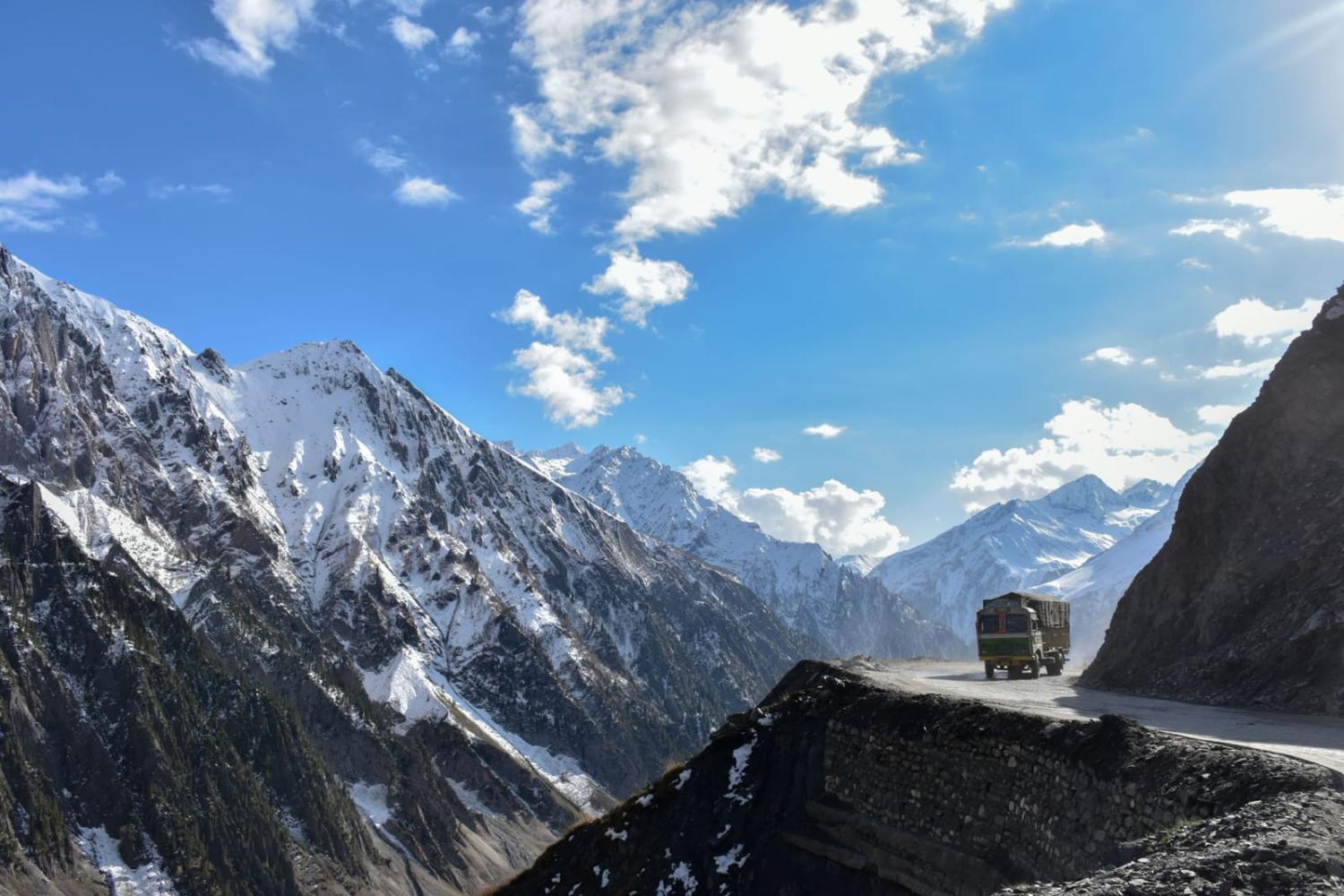The new book from India’s Foreign Minister Subrahmanyam Jaishankar might feature the kind of customary proforma chapters expected of a diplomat-turned-politician, but the work attempts to grapple with an enduring question of Indian grand strategy: how to deal with China?
Ever since the republic’s early days, the China question has troubled Indian strategists, and Jaishankar argues that in the 1950s, ideological affinity, romantic notions of Asianism and a shared history of colonialism convinced Delhi to sing paeans of cooperation with Beijing. However, given the sharpening competition between the two neighbours in the last decade, such an approach is unwise and untenable in contemporary times. Jaishankar believes in “appreciating the importance of realism” while dealing with China.
So what does such an appreciation entail?
More than 100,000 Indian and Chinese troops are presently locked into a border standoff in the Himalayas for a fourth gruesome winter. In 2020, violating past agreements, thousands of Chinese troops pushed forward in different locations on the Line of Actual Control (LAC) in the Himalayas. While not new, the advance led to violent clashes between the two sides for the first time in decades. Twenty Indians died in hand-to-hand combat with crude weapons. Since then, both sides have fortified their positions with fresh troops and new infrastructure.
The crux of the problem is a long-disputed border. The two sides have yet to demarcate a working boundary – fundamentally differing on where the LAC exactly lies. In the last decade, China has frequently intruded into Indian territory – claiming it as its own – causing much embarrassment and concern in Delhi.
China’s hostility towards India reflects deep suspicion and scepticism of Delhi in Zhongnanhai. Such sentiment is in no way unprecedented between great powers However, Beijing’s border incursions with India also have a strategic angle. Beijing seeks to arrest India on its continental shelf, draining crucial resources in an impasse of armed coexistence. Given that the balance of power vis-à-vis India has dramatically shifted in its favour, China believes that keeping the Himalayan border disputes burning distracts India from playing an expansive role in its maritime periphery. A reactive India enmeshed in border fumbles is in China’s interest. This allows Beijing to rapidly expand its maritime presence in the Indian Ocean region. China’s underlying idea is to keep India locked on land to prevent it from going to the seas.
Beijing has drawn crucial lessons from history, understanding renowned 19th century American naval historian Alfred Thayer Mahan’s insight about the power of the seas. Sea power is not just a strong navy. It entails controlling strategic trade routes and utilising the mobility of the oceans to control distant colonies whose resources feed the needs of the great power. This was the approach used by the English to masterfully cultivate a favourable European balance of power in the halcyon days of Empire, understanding that being a world power “was not supremacy on the battlefields of Europe”, to quote Walter Russell Mead, but continental troubles of its competitors allowed London to command the seas. The British faced a formidable threat only when Napoleon’s France consolidated Europe under its control. Interestingly, disasters on land – the peninsular war with Portugal and Spain and the invasion of Russia – distracted France and extinguished Napoleon’s ambitions against the British.
Apart from India, China’s other neighbours are also on the receiving end of its cartographic aggression and frequent incursions. For example, last August, China released its new “standard map”, prompting outrage from various neighbours including Malaysia, Indonesia, Vietnam and the Philippines over claims to their territories. Even China’s new friend Russia is aghast. China lays claims over the Bolshoi Ussuriysky Island and its surrounding region, which lies at the confluence of the Ussuri and Amur rivers that separate the two countries. Russia maintains that the dispute was settled in 2008.
Given China’s behaviour, three points stand out. First, Beijing has discarded compliance with international law to claim new territories. It argues that the continental and maritime territories that it claims have historically belonged to China. Therefore, it is retaking what it owns, a straightforward case of revanchism.
Second, China makes expansive claims through maps, and prolongs negotiations for years, during which time it stealthily alters facts on the ground. Rapid infrastructure construction and military intrusion are two prongs of such a tactic.
Third, China’s behaviour with countries such as India and Russia shows that China considers border agreements as mere scraps of paper to be discarded at its convenience. As the balance of power improves in China’s favour over its neighbours, Beijing disregards old agreements and clamours for new territory.

